Un Amstrad CPC 464 amputé de son lecteur de cassette par 6502man
-A la suite de l'Amstrad CPC 464 coupé par Olivier Bruneau, voici les photos de l'original qui l'a inspiré par 6502man sur System.CFG, ce qui suit est un copier/coller du message de ce forum, avec la permission de 6502man.
Je vous propose un modèle unique d'AMSTRAD CPC. Oui c'est bien un modèle unique vous en avais jamais vu.
Depuis longtemps j'avais l'idée de trouver le moyen d'avoir un CPC464 sans son infame lecteur de K7 intégré, et dont je trouve le design vraiment pas jolie (mon avis personnel). Et en même temps la question que je me pose : qu'aurait était le premier Amstrad CPC si ils avez choisi de le commercialiser sans lecteur intégré. Oui mais avec des si on avance pas, alors je me suis décidé de passer à l'action.
Donc après toutes ces interrogations, et pas mal d'idées qui ce mêlent dans ma tête, voici finalement le prototype "imaginaire" de l'AMSTRAD CPC sans lecteur intégré. Je vous présente l'AMSTRAD CPC464 slim :
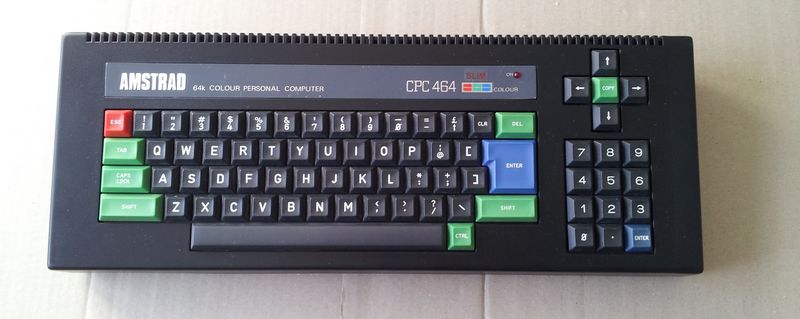
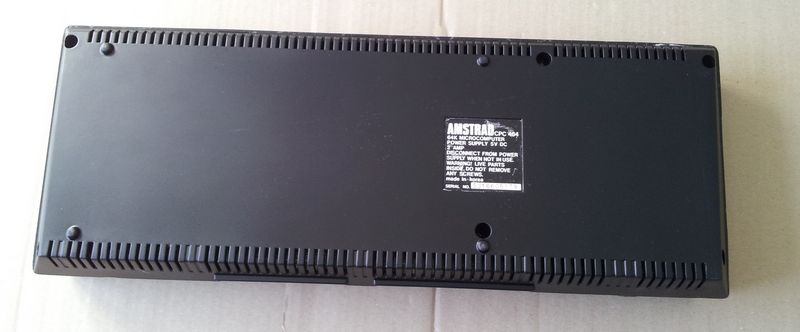
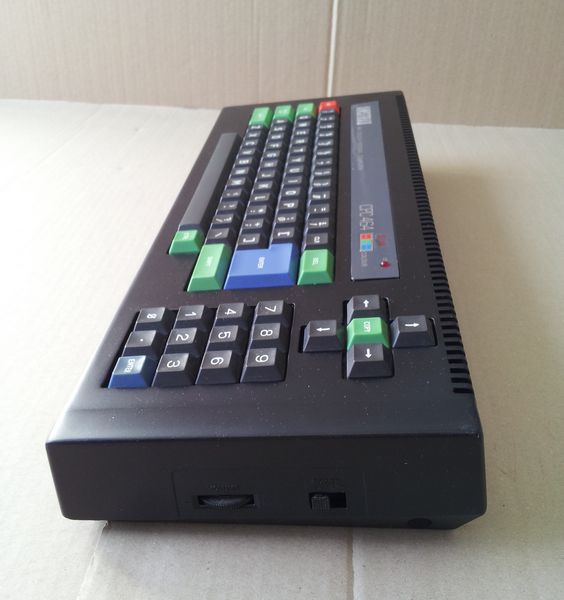
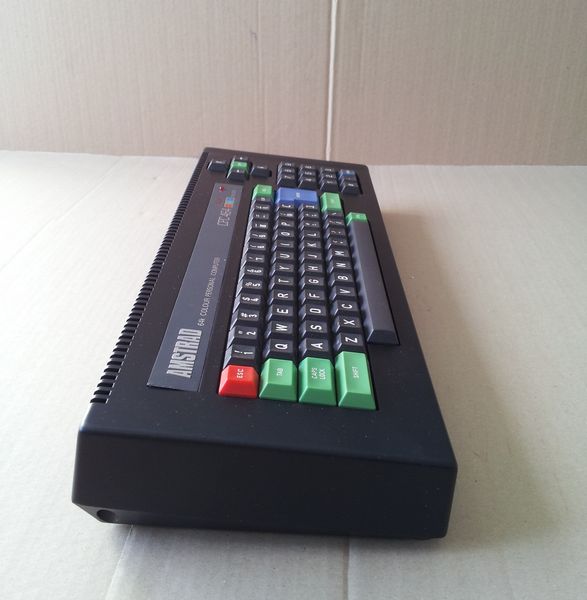
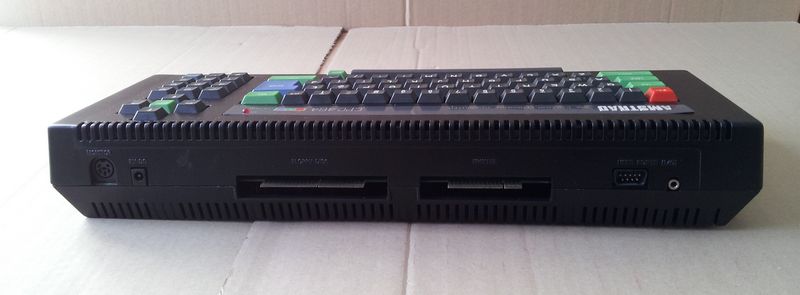
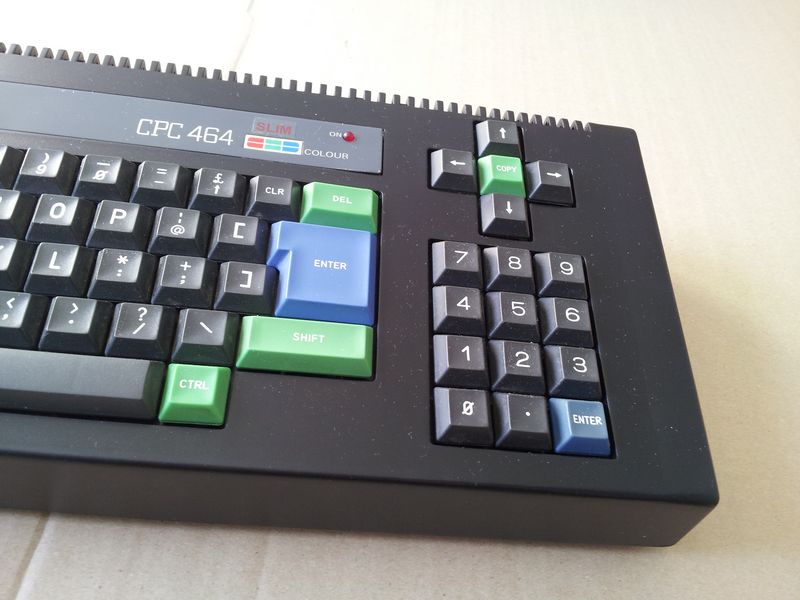
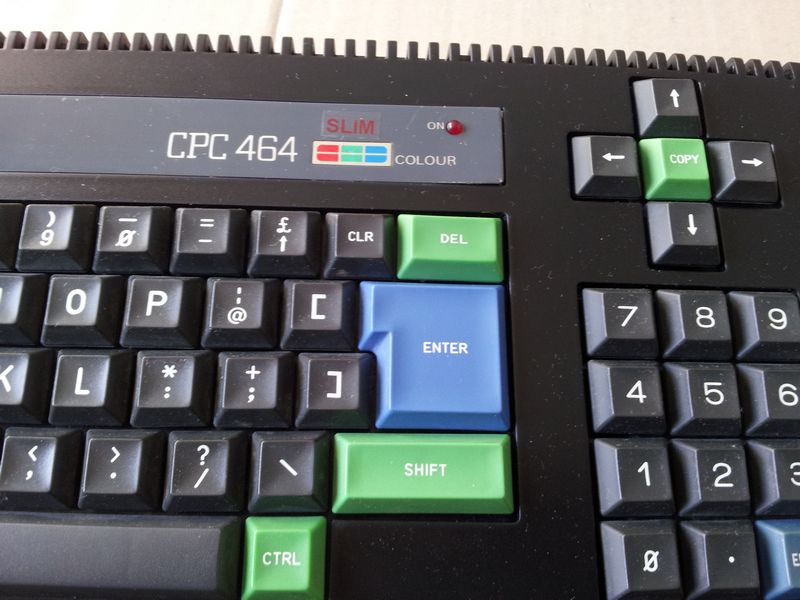
Et cela fonctionne.
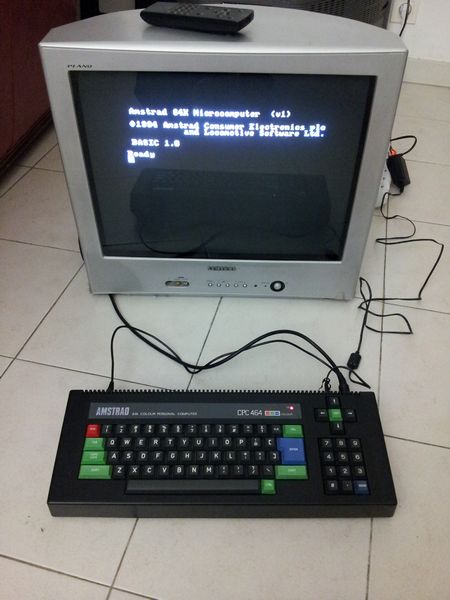
Comment arrive-t-on arrive à ce résultat ? Tout d'abord le début, voici la machine à l'état d'origine :
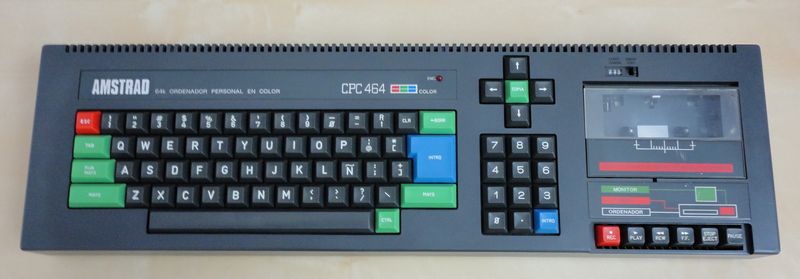
On commence par découper proprement la partie cassette en conservant juste le bord pour que le boitier soit fermé et aussi pouvoir reprendre les boutons on/off et volume.
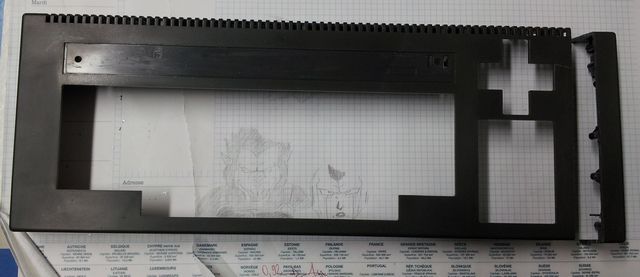
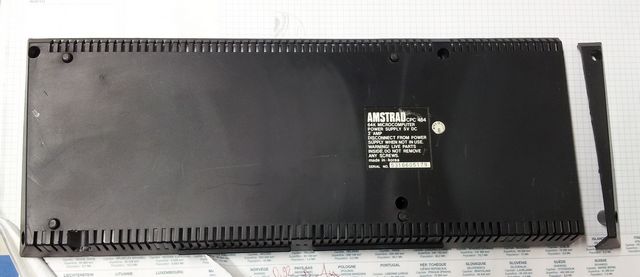
Après ponçage en gros puis au papier à l'eau, on colle les parties coupées avec de la fibre de verre et rebouchage avec du mastic, on en profite aussi pour récupérer des morceaux sur la partie coupé pour réparer les parties cassées.
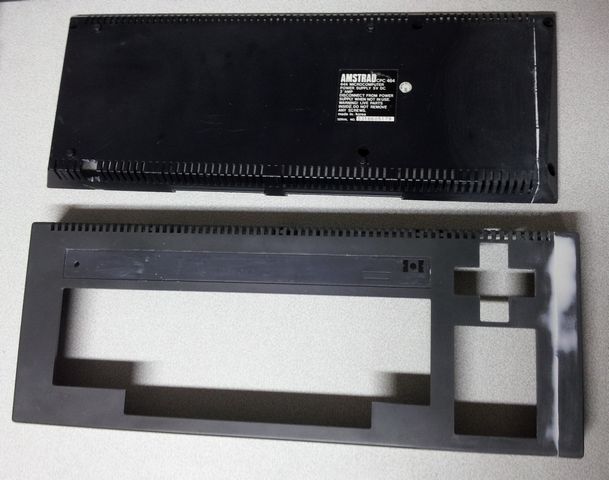
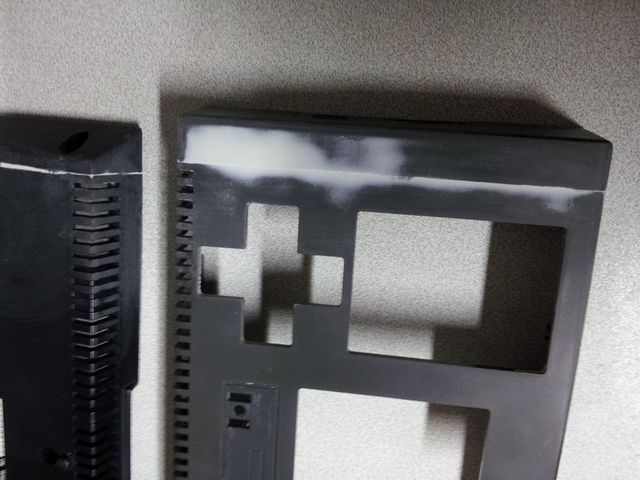
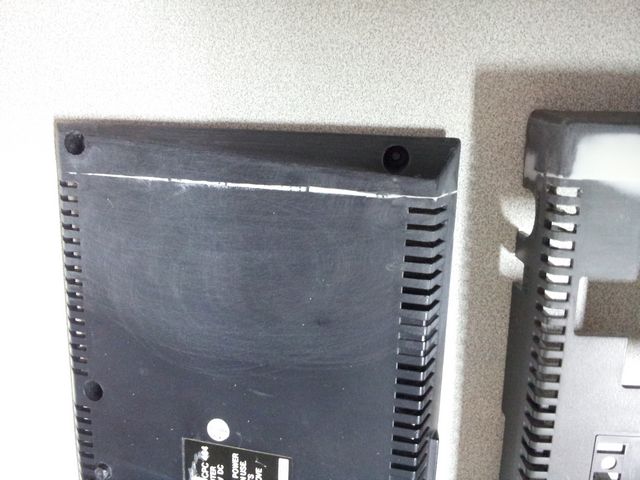
On reponce avec du papier à l'eau pour lisser le mastic, puis on passe une couche d'apprêt blanc.
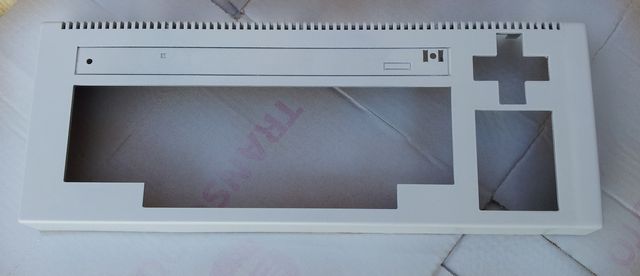
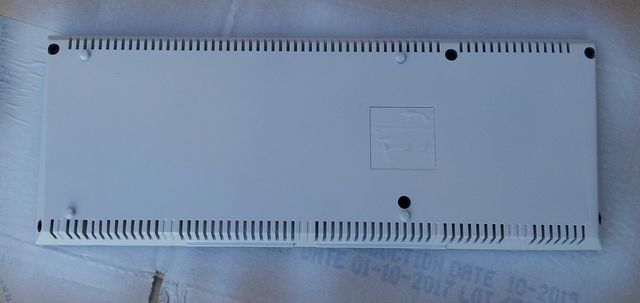
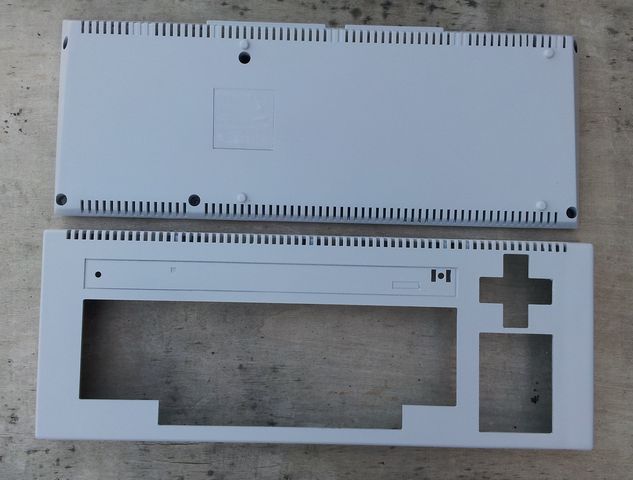
On passe à la peinture noire on replace la carte mère le clavier et on obtiens un beau CPC464 sans lecteur.
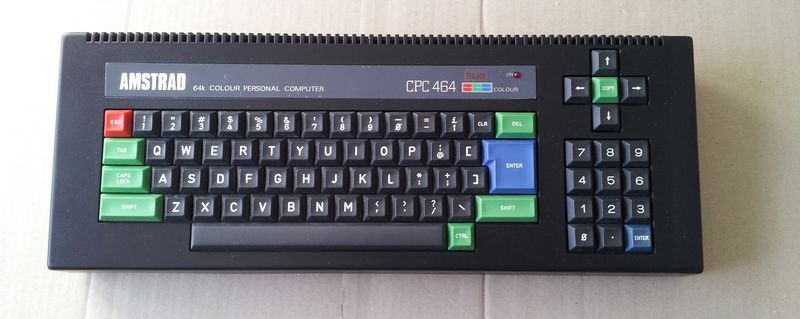
Pour la partie électronique le bouton on/off est connecté sur une carte vissée au lecteur de K7, et sans elle impossible de démarrer le CPC.
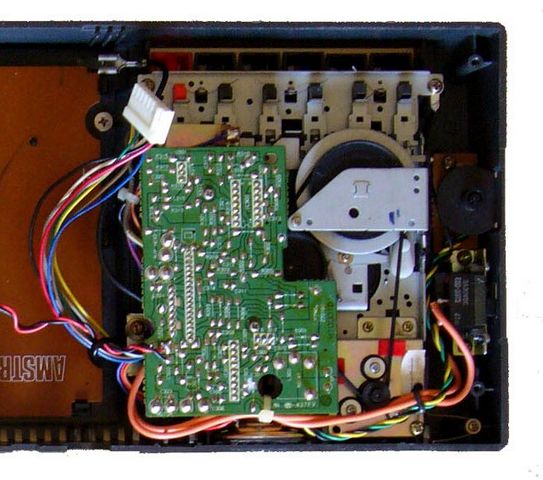
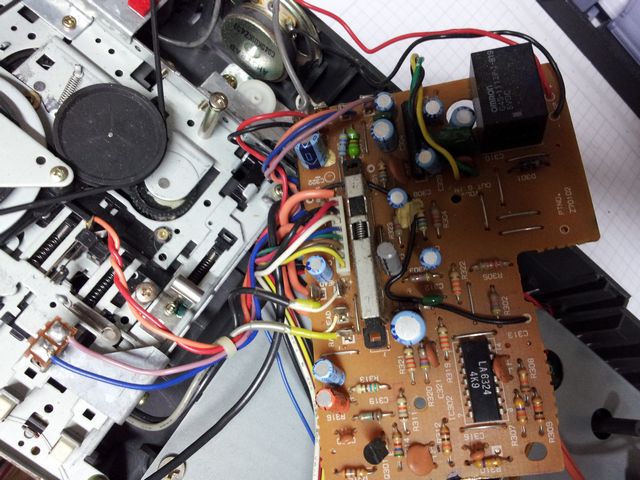
J'ai dessoudé les fils de l'interrupteur de la carte et ensuite soudé à 2 connecteurs molex 3"1/2 pour les connecter à la place du connecteur d'origine pour pouvoir démarrer la machine avec le bouton d'origine (merci Irios pour les indications de branchements). Les 2 connecteurs molex avec seulement 3 fils cablés prennent place sur la carte mère à l'emplacement marqué en rouge sur les photos du dessous.
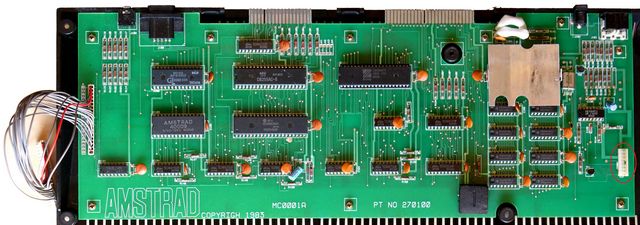
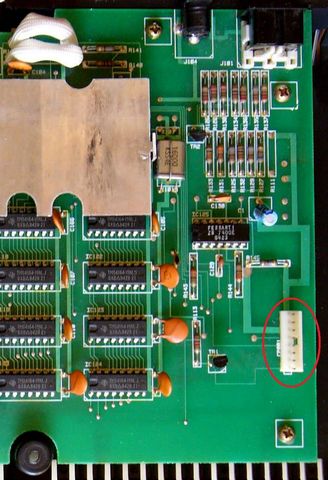
J'en ai profité aussi pour remettre le voyant de fonctionnement lui aussi connecté sur la petite carte, comme cette carte n'est pas reprise j'ai connecté la LED sur une masse de l'alimentation et sur le ON du bouton on/off, comme ca le voyant conserve ca fonction, par contre pour le bouton du volume j'ai opté pour le replacer sans reprendre ca fonctionnalité, mais au moins il n'y a pas de trou béant dans la coque.
Voila il n'y a plus qu'a recoller avec du scotch double face la plaque métallique AMSTRAD et ce projet est fini et fonctionnel.
AVANT
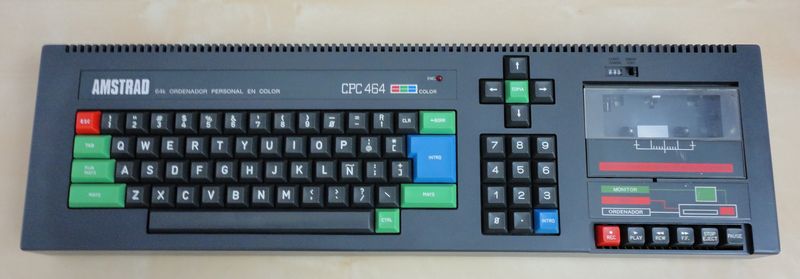
APRES (C'est beau)
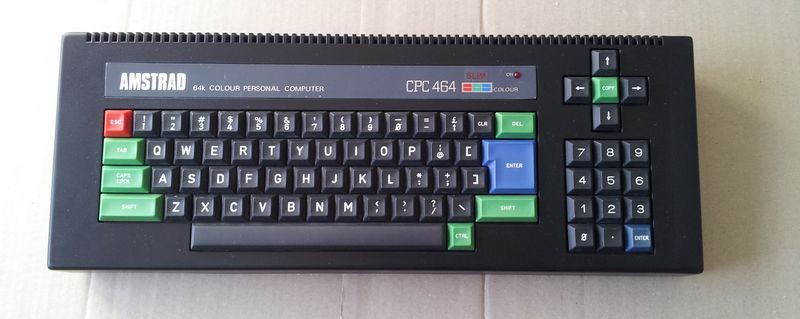
Je vous rassure je n'ai pas sacrifié un Amstrad CPC 464 pour faire ce bricolage, mais en fait j'ai récupéré une coque vide de CPC464 le reste avait du partir à la benne, et donc j'ai pu réaliser mon idée, sinon j'aurais attendu de trouver un CPC 464 irréparable.